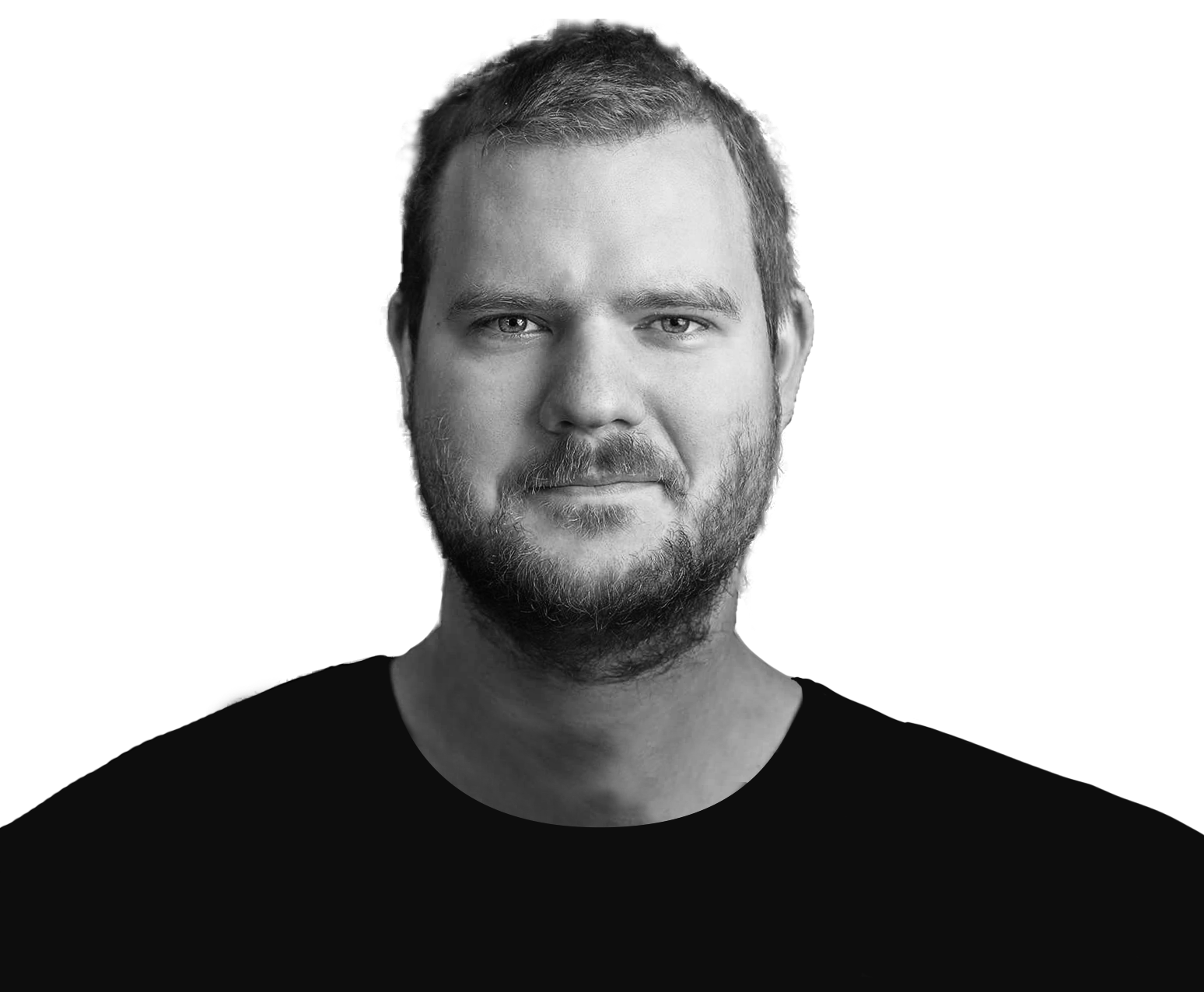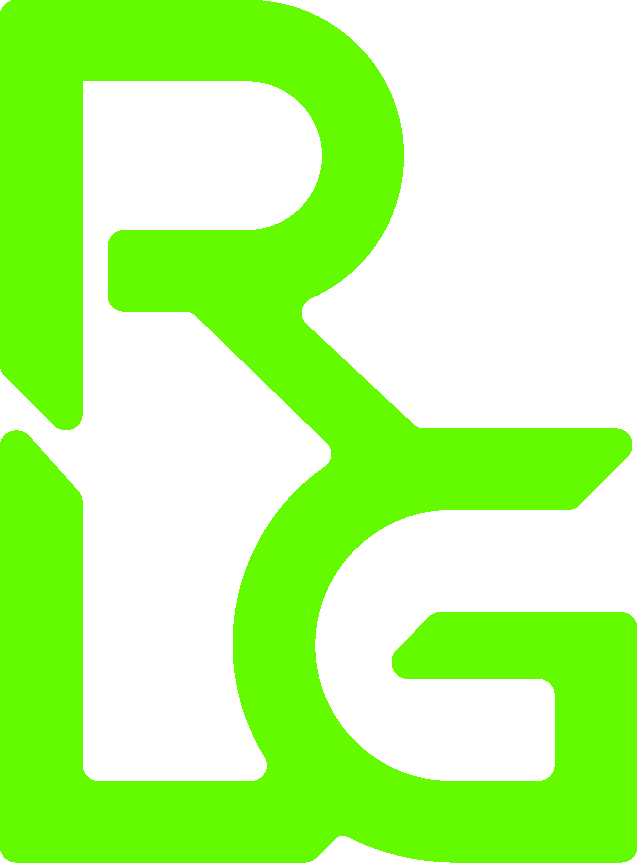
My name is Jort Heijen, 30 years old and living in Amsterdam, the Netherlands. I like to build guitars… a lot. It’s the one thing I can’t stop doing. After I quit school when I was 18, I wandered around not knowing what to do next. In 2011 I was working as a bicycle mechanic in my hometown and spending my money on guitar parts, woods and hardware. When my boss asked me if I wanted to take over the bicycle store, it hit me… I didn’t wanted to end up working all my life fixing bikes. I just wanted to spend time building guitars… So that’s when I decided to move to Amsterdam and attend to a 4-year woodworking school as this was the closest thing to guitar building.
In those years I realised a lot of my dream, I attended three internships at Adamovic Basses in Haarlem where I learned a lot of skills I could use for my guitars. In my third year, I got the opportunity to get a CNC-machine from my uncle (who happened to have one left…). I dedicated this machine to build guitars and parts only. Also that time I was becoming a big fan of Meshuggah (a Swedish extreme-metal band) and I wanted to start working on my own 8-string guitar that I could use to play their songs. Very coincidentaly their bassist, Dick Lövgren, was going to visit Adamovic to try out one of the basses in between their tour in Europe. It was part of my assignment that time to help building it. The first 8-string guitar that I built was very much inspired by this bass and I decided to make it my main model. Soon after, in the start of 2015, I found a workshop (where I now also live right next to!) That’s when I got really creative and motivated to start my own brand which is today: Red Layer Guitars.
Location & workshop
The workshop is located in Amsterdam’s uptown, Amsterdam Noord, a post-heavy industrial area that has been transformed into a hip, urban place for many young artist and designers. The NDSM is a hotspot for many unique workshops. From art galleries and interior design studios to vintage motorcycle/car repair shops and painters. It’s pretty much all there. Also one of the biggest benefits of being located in Amsterdam is that I can get my hands on pretty much any material, tool or wood. There’s a very large woodshop closeby where I can get pretty much any wood I’d like. For rather special/rare woods I can depend on other selected wood suppliers throughout the Netherlands and elsewhere.
gear, machines & tools.
Ever since I started attending the woodworking school in Amsterdam, I’ve been collecting a lot of tools, from many types of planes and to a whole arsenal of Japanese saws. Always trying to save up for professional tools like a Festool 1400W router and asking for a Makita sander for Christmas. With the help of these tools I could make guitars in my dorm room…
In 2013 I got the chance of taking over a CNC which made the router and templates I had, obsolete. It is now the heart of the workshop as I can make use of “virtual” templates I can draw with the help of AutoCAD. After so many years of getting to know the machine, I now mostly rely on only three sizes of bits to do pretty much any job. For preparing wood I use my large bandsaw machine which is equipped with a ripper bandsaw blade to cut large boards of wood and to bookmatch tops. I make use of a jointer and thicknesser to get the wood planed and to thickness before gluing or to level the side of the neck where the fretboard will go on. For more delicate woods (burl tops e.a) I like to use a thickness sander. Of course in woodworking, no workshop is complete without an army of Bessey wood clamps and ways to make sure the gluing goes as smoothly as possible. I often make new jigs for more complex or time-consuming work like the carving of the neck.
how i work
For the body I make layers of woods that have two “anchor points” (they look like ears). This way, a lot of blanks can be made beforehand and can be easily be stored, mixed, aligned, glued up and placed back on the CNC until they’re no longer needed. This is when all the cavities, the rough shaping of the bevels and the artwork (if any) are cut.
For the neck I always start with the fretboard since this decides how wide the neck will be and size of the neckpocket in the body (these are vital pieces of information). The neck itself is also cut in identical layers that and make use of the same kind of “anchor points”. After the fretboard is glued to the neck, it’s all trimmed using the fretboard as the template and shaped with the use of jigs and tools. After that I radius and fret the fretboard so that the neck itself is completed.
After sanding both parts they become one as I glue them together. At this point I’m about 75% of completing the build. If the bridge, tuners, pickups and strings have arrived by then I can focus on making the nut, do the fretwork, electronics and final setup.

Zamenhofstraat 118
1022 AG Amsterdam
+31 6 54 35 89 28
Info@redlayerguitars.com
contact ‘red layer guitars’
For pricing/custom quote, questions or support, please contact Red Layer Guitars here. The average building time, at this moment, is 4-8 months.
follow ‘red layer guitars’
‘Red Layer Guitars’ is active on the following social media platforms. Be sure to check us out on Facebook or Instagram and drop us a comment, share or a like. Thanks!
© Red Layer Guitars 2018
